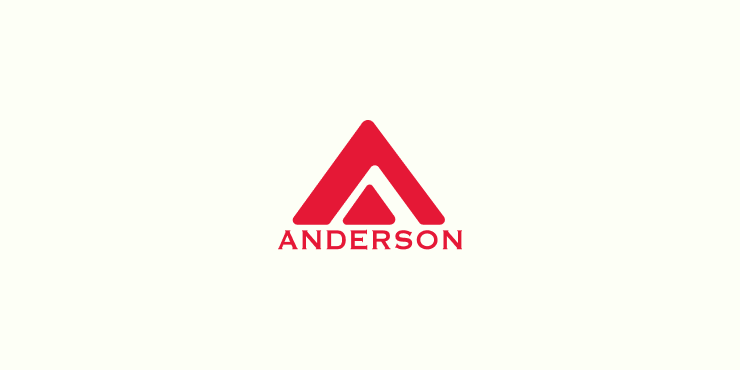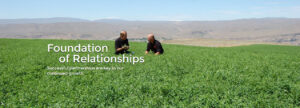Nutrient-Customized Timothy Hay to Reduce Hypocalcemia in Dairy Cows

Parturient paresis, or milk fever, is a disorder that most commonly affects dairy cattle around the time of calving. It is a metabolic disease caused by low blood calcium, or hypocalcemia. Symptoms of milk fever vary with severity of hypocalcemia, which can be separated into three progressive stages (1). In stage 1, animals are able to move about, but may show signs of incoordination. Cows in stage 2 cannot stand, but are able to sit up on their briskets (sternal recumbency). As hypocalcemia progresses to stage 3, cows lose consciousness and will only survive a few hours if not treated.
Why do cows get milk fever after calving? The demand for calcium increases precipitously with the onset of lactation. Loss of blood calcium to milk may exceed 50 grams each day, which is significantly greater than the 30 grams of calcium required before calving (2). The increased demand for calcium can only be met by increasing dietary calcium absorption or by mobilizing calcium from bones.
Most cows have some degree of hypocalcemia at calving, but may not show signs of parturient paresis. The incidence of milk fever is variable by herd, but in general 3.5% of cows in North American show signs of milk fever after calving (2). High-producing and over-conditioned dairy cows appear to be at greatest risk of developing milk fever. Furthermore, frequency also tends to increase with age, presumably because it is harder for older cows to mobilize calcium from bones.
While milk fever can be treated, prevention is key. Traditionally, feeding diets low in calcium prior to calving was recommended to reduce the risk of milk fever. However, more recent studies concluded that feeding calcium at levels above daily recommended requirements had little influence on incidence of milk fever (2). Rather, diets high in sodium (Na) and potassium (K) and low in chlorine (Cl) and sulfur (S) tend to increase the incidence of milk fever while diets high in Cl and S and low in Na and K decrease prevalence of milk fever (2). These observations led to the definition of the dietary cation-anion difference (DCAD) theory of milk fever prevention (2).
Lowering DCAD in diets before calving can improve calcium balance. Dietary DCAD can be manipulated by feeding anionic salts such as calcium chloride, magnesium chloride, magnesium sulfate, calcium sulfate, ammonium sulfate, and ammonium chloride (1). Feeding anionic salts lowers blood pH, which improves parathyroid hormone sensitivity, and in turn, increases resorption of calcium from the kidneys, improves mobilization of calcium from bone cells, and increases intestinal absorption of calcium (3). However, feeding anionic salts often decreases dry matter intake (3) – an undesirable outcome, especially in early lactation. Including feedstuffs with lower DCAD in diets prior to calving may therefore be a more effective method to manipulate blood pH and maintain calcium balance in dairy cows.
Timothy hay contains relatively low DCAD in comparison to hays of other cool-season grasses due to its low potassium concentration. The DCAD of timothy hay can be further reduced by fertilizing with sources of chloride (3). Potassium concentrations increased 16% and Cl increased 86% when timothy hay was fertilized with calcium chloride, resulting in a lower DCAD than timothy hay that was not fertilized with calcium chloride. Holstein dairy cows fed a diet that contained 63% of the low-DCAD timothy hay had lower urinary pH and higher blood calcium than cows fed the high-DCAD timothy hay, suggesting that feeding timothy hay with a low DCAD is an alternative method to reduce hypocalcemia and incidence of parturient paresis or milk fever in cows around calving.
References
(1) The Merck Veterinary Manual Online. Eds. Susan E. Aiello and Michael A. Moses. Merck Sharp &; Dohme Corp., a subsidiary of Merck &; Co., Inc.,Whitehouse Station, N.J., 2012. http://www.merckmanuals.com/vet/metabolic_disorders/disorders_of_calcium_metabolism/parturient_paresis_in_cows.html
(2) DeGaris, P.J. and I.J. Lean, 2009. Milk fever in dairy cows: A review of pathophysiology and control principles. The Veterinary Journal. 176:58-69.
(3) Penner, G.B., G.F. Tremblay, T. Dow, and M. Oba, 2008. Timothy hay with a low dietary cation-anion difference improves calcium homeostasis in periparturient Holstein cows. J. Dairy Sci. 91:1959-1968.
You can receive this blog from Anderson Hay directly in your email by subscribing above on the right.


